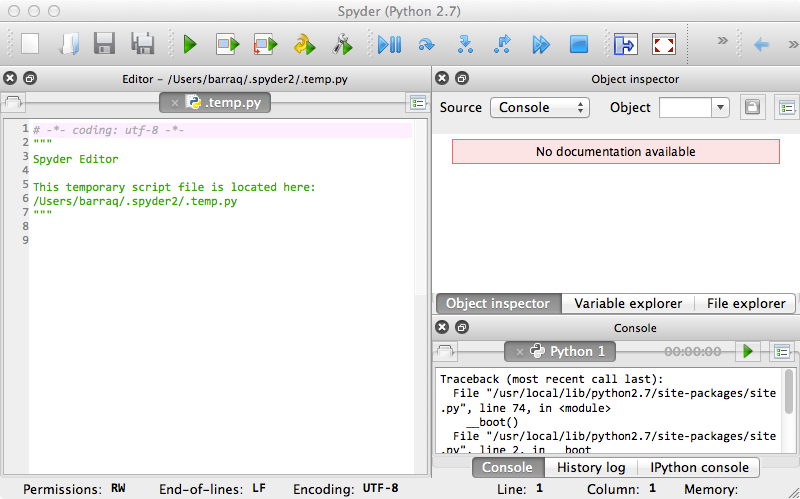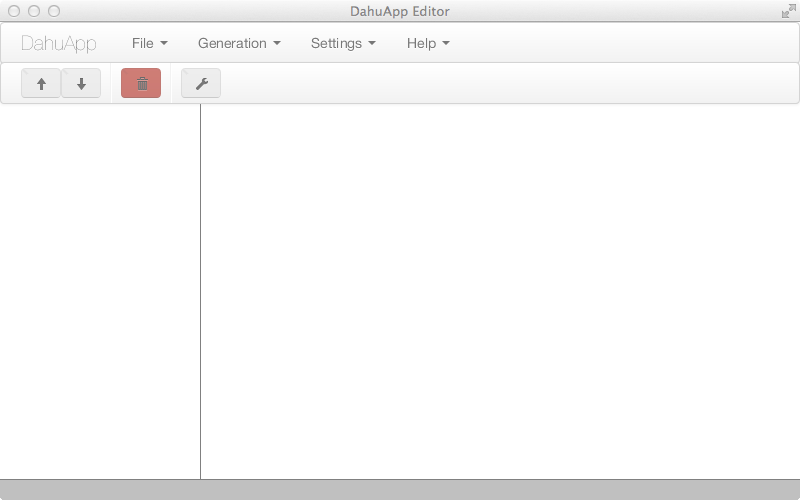Dahu is an alternative to existing screencasting softwares. Dahu is based on a few ideas that simply make generating screencast more clever.
Videos are hard to edit and hard to navigate. Badly compressed videos are hardly readable. Instead, Dahu uses a succession of still images, that look like a video to the user.
The mouse positions are captured at each step. Smooth mouse animations are then generated from the starting point to the end point. Mouse positions can be edited after capture.
Annotations on the presentation appear as textual tooltips. This makes post-editing easy. The text is rendered as normal text in the generated presentation, hence can be copy-pasted, searched, and indexed by search engines.
The generated animation use only standard web technologies (HTML, CSS, JavaScript). The can be viewed on any modern browser, without any plugin (not even flash). Among other advantages, this is what allows search engines to index presentation, and makes it easy to use any HTML elements like links within tooltips.
A Dahu project consists in one small text file (JSon) presentation.dahu, plus one image file per screenshot, named after a UUID. As a result, using a version control system (like Git, Mercurial, SVN...) is reasonably efficient (a change to a single image or to presentation.dahu does not require storing a full version of the whole project).
Dahu is available for free and is fully open-source. The source code is hosted on Github
The tool itself is written in Java and JavaScript. It requires a recent version of Java, but runs on Windows, Linux, Mac OS, and any Java compliant systems.
The source code can be downloaded from GitHub




Dahu is still in early stage of development. Advanced features are not yet implemented in the graphical editor. For advanced usage you will need to use a text editor and edit the presentation.dahu file: check the user-manual for more information.